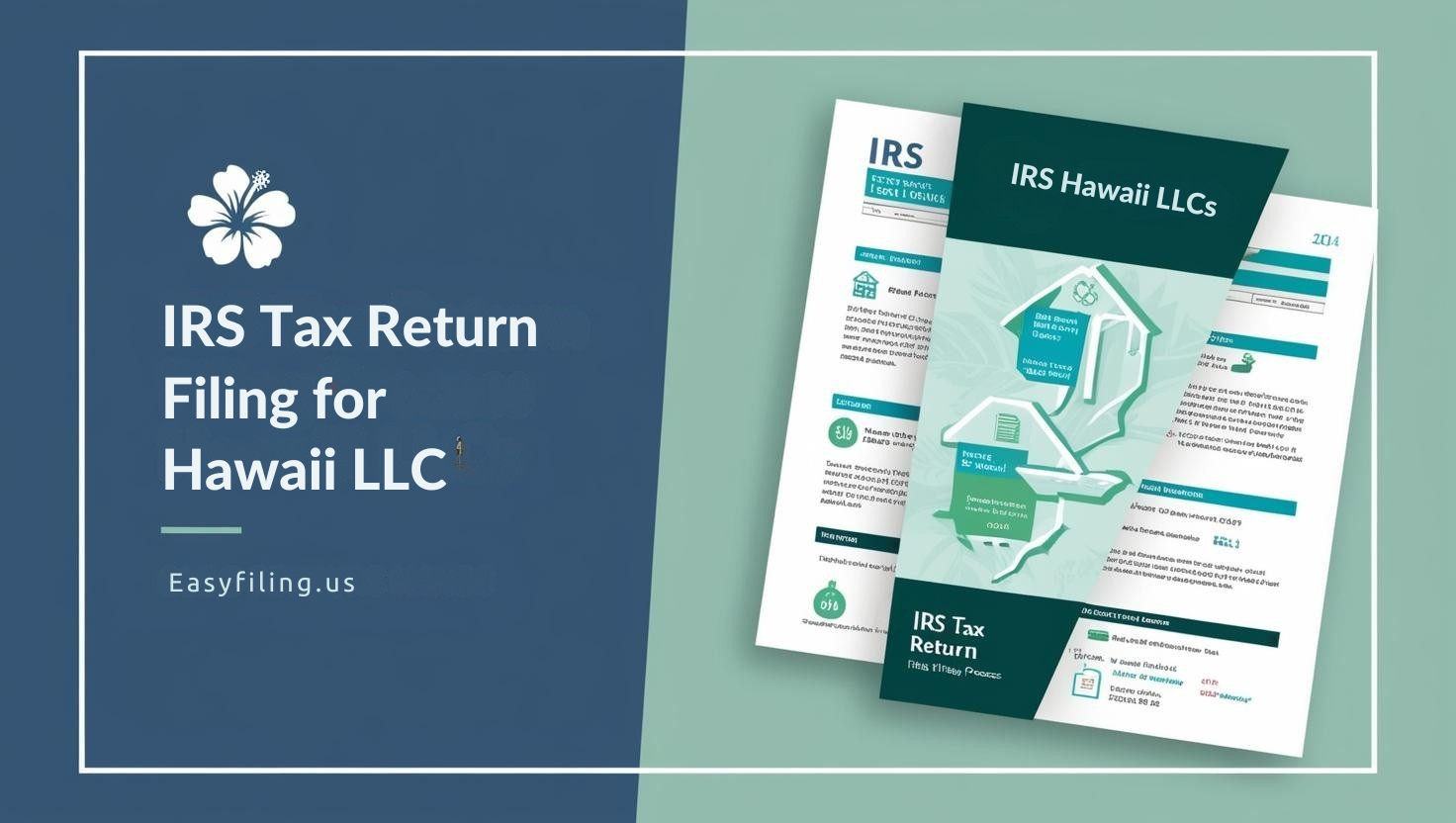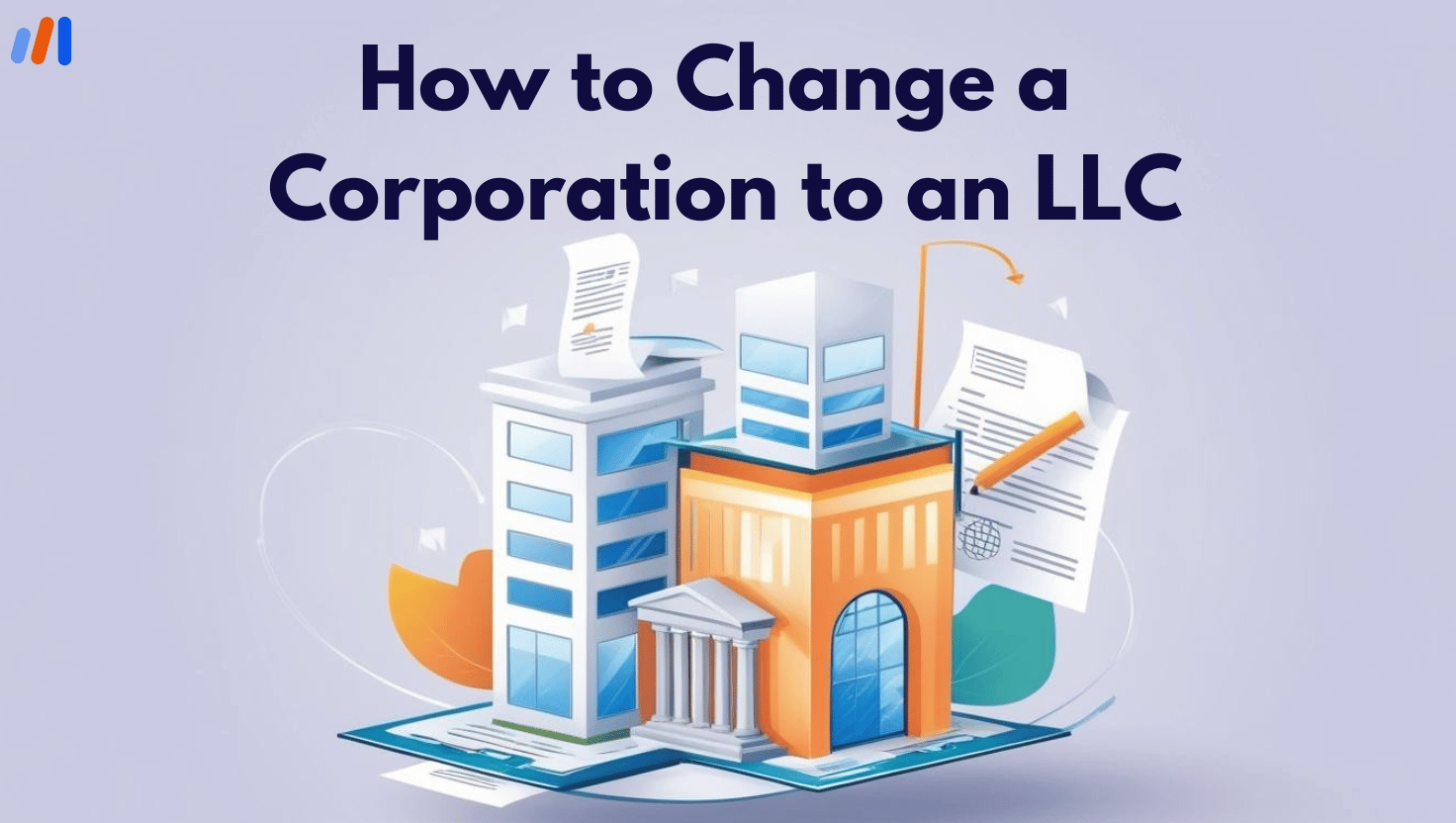Many of you might have already known about some commonly heard corporations such as S Corporations, C Corporations, Limited Liability Companies, Sole proprietorships, and more. Well, among many others Closed corporations are less likely to be formed corporations which are closely held corporations with limited shareholders organized by a small group of people.
Despite operating under similar legal procedures and structure as other firms, a closed corporation is more flexible because it consists of closely held corporations that are not publicly traded on stock exchange markets.
What is a Closed Corporation?
Closed corporation generally refers to closely held companies with few shareholders and are not traded publically on stock exchanges. The number of shareholders allowed to form a closed corporation is determined by the states. Similarly, some states do not permit for incorporation of closed corporations.
Closed corporations are also commonly known as:
- Privately owned companies
- Private company
- Family-owned business
- Incorporated partnership
Notably, it cannot be a large corporation like banks, public utilities, educational institutions, stock exchanges, or any such like ones that affect the interest of the public.
Key Features of Closed Corporations
Limited Number of Shareholders
Usually ranging from just a few individuals up to 35 depending on the jurisdiction, closed corporations have only limited shareholders.
This limited number allows for a more intimate and manageable ownership structure where owners will likely know one another personally. This can help foster an atmosphere of cooperation within an organization while enhancing collective mission or vision statements.
No Public Trading
Closed corporations do not trade their shares on any recognized stock market; rather they are privately held requiring approval by other shareholders before transferring ownership rights occurs. These restrictive transfer rules ensure that control remains within those who trust and prevent other undue influences.
At the same time, this often means that they don’t meet the stringent reporting requirements applicable in the case of publicly traded organizations.
Greater Control
There are few shareholders making decisions regarding management and operations quite easy since they have enormous say about them especially when it comes to huge investments such as buying properties or making contracts between firms. This results in faster decision-making processes hence better control over business operations.
The Shareholder involvement through direct oversight in daily running matters also leads towards aligning their interests with organizational performance and strategies which directly impact them at a personal level.
Simplified Administration
Closed corporations can benefit from simpler administrative rules. In some areas, they may not be required to have annual meetings or a board of directors.
By reducing its bureaucracy, the firm can save on operational costs and concentrate more on main functions than compliance and formalities. Moreover, this leeway can make such corporations more adaptable toward transforming business scenarios.
Closed Corporations vs Publicly Traded Companies
Closed Corporations
- Limited number of shareholders
- Shares not publicly traded
- More control over decision-making
- Less regulatory scrutiny
- Often family-owned or closely held
Publicly Traded Companies
- A large number of shareholders
- Shares traded on stock exchanges
- Subject to extensive regulations and reporting requirements
- Greater access to capital
- Higher transparency and public accountability
Advantages of Closed Corporations
Limited Liability: Shareholders are protected from personal liability for the company’s debts and obligations.
Privacy: Financial information and business operations are not publicly disclosed, ensuring confidentiality.
Flexibility in Management: Fewer formalities and regulations allow for more flexible and efficient decision-making processes.
Control: Ownership is typically restricted to a small group, allowing for greater control and alignment of interests among shareholders.
Simplicity in Ownership Changes: Transfers are easier with less regulation compared to public corporations.
Disadvantages of Closed Corporations
Restricted Funding: The number of shareholders in closed corporations is often reduced, rendering them unable to access equity markets for purposes of raising capital.
Reduced Turnover: Shareholders cannot dispose of their holdings rapidly because the shares are non-traded publicly.
Possibility of Disagreements Between Shareholders: Such conflicts tend to become more intimate and hard to settle as the number of stakeholders decreases.
Governmental Regulations: Several areas have strict regulations on private companies that will impact on how they operate and comply with.
The reason for limited growth opportunities: a closed nature can hamper expansion efforts compared to public companies that have the potential to attract a broader investor base.
Closed Corporations examples
Mars Inc. (Established 1911)
This is a global producer of sweets, pet food, and other foodstuffs. Mars Inc. remains under the control of its owners who managed to produce iconic brands such as M&M’s, Snickers, and Pedigree which are famous in both human and pet food markets.
Revenue: $40 Billion
Employees: 135,000
Cargill (Founded in 1865)
This is one of the largest privately owned US corporations, which operates within the markets of agriculture, finance, industry, and food. Family-owned since 1865 it covers over seventy countries globally and plays an essential role in the global supply chain.
Revenue: $114.6 Billion
Employees: 160,000
Koch Industries (established in 1940)
A multinational corporation involved in manufacturing, trading, and investing activities. It is one of America’s largest privately held companies created by Fred C Koch and owned by the Koch family.
Revenue: $115 Billion
Employees: 120,000
Bechtel (Founded in 1898)
It is a global engineering, construction, and project management company that started more than a hundred years ago. Bechtel’s strategy takes into account its long-term goals as it remains family-owned throughout these years. The company has been engaged in notable infrastructure projects around the world such as airports, pipelines power plants among others’ known for quality construction safety and timely delivery on budget.
Revenue: $ 21.8 Billion
Employees: 50,000
How to form a Closed Corporation?
Forming a closed corporation would be great for business owners who wish to maintain control over their operations while reducing shareholders’ numbers they are not familiar with. Below is a step-by-step guide to help you understand and undertake the process of forming a closed corporation.
Step 1: Select a Business Name
Step 2: File Articles of Incorporation
- Name and Address of Corporation
- Corporate Purpose
- Name and Address of Registered Agent
- Information about Initial Directors and Incorporators
Step 3: Draft a Shareholder Agreement
- Restrictions on share transfers;
- Voting rights;
- Buy-sell agreements;
- Dispute resolution procedures.
Step 4: Obtain Required Licenses and Permits
Step 5: Apply for an Employer Identification Number (EIN)
Step 6: Set Up a Business Bank Account
How to Dissolve a Closed Business?
- As soon as everybody agrees, pass the board resolution to dissolve the company.
- Follow state procedures when filing articles of dissolution with all state laws.
- Inform creditors in advance that your business is dissolving, and settle all debts or other liabilities before the company ceases to exist.
- According to corporate bylaws, distribute any remaining assets among shareholders based on their ownership percentages.
- Legally end all business operations by canceling appropriate authorities’ licenses/ permits.
FAQs (Frequently Asked Questions)
Who can be a shareholder in a Closed Corporation?
Such companies usually have only a few shareholders who are often family members, friends, or close associates. Some closed corporations may restrict shareholdership to certain people to maintain control.
Can a Closed Corporation become a public corporation?
Yes, it can change its status from being closed to going public through IPO-Initial Public Offering. As part of this process it needs to comply with regulatory requirements; issue shares publicly and be listed on the stock exchange market(s).
How are Taxes for Closed Corporations?
Typically, C corporations are closed corporations that pay corporate income taxes on their profits. However, they may also choose to file as S corporations which pass through profit and losses to shareholders who are taxed on them accordingly.
File Your LLC Today
25$ off with a coupon
Lock in EasyFiling's transparent rates and get lifetime compliance support at no extra cost.
Get Started Now







